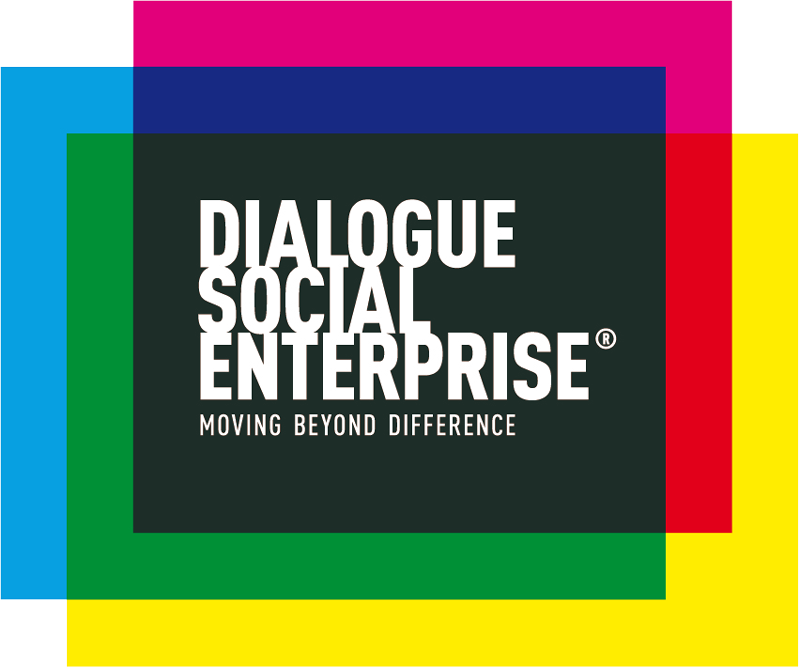I met Matan through a video call. I was impressed. He is an eighth grade teacher, with great dialogue skills, and working for what he called "a non-traditional school" in Holon called "Campus Peres" and where they teach with the project-based learning method.
This is a summary of our conversation.
Today students question why they have to learn something in particular, why they should be interested in it. Students no longer just follow your instructions. Today it is necessary to arouse their curiosity in extraordinary ways, and the result has to be something tangible, so that students are engaged.
And how do you stimulate their curiosity to learn?
For that we use the project-based learning methodology. In this, anything you see on the street that catches your attention can be turned into a project. Students choose and then embark on a 2-month project, where they have to research, create and deliver a tangible result.
This method sounds very similar to what we do in our Dialogue exhibitions through experiential learning methodology.
Indeed it does. So we took some inspiration from the Dialogue exhibits that are presented at the Holon Children's Museum.
Tell me more about the project that took inspiration from the Dialogue exhibits.
The number of students with learning disabilities has grown a lot in recent years. Today there are more diagnoses about it. But I noticed something interesting when talking to these students. It was as if they had an invisible friend with them that affected their performance. I would hear phrases like "it's not me, it's my dyslexia, or it's my attention deficit."
It's what I call the victim role in disability. We see disability as something that came to us, something alien to us, an entity that neither I nor society assimilates, and so I don't take personal responsibility, and I prefer to blame this entity that no one ends up understanding.
Sure, that's it. But what I found fascinating about the Dialogue exhibits is their immersive capacity to give you the opportunity, if only for a moment and perhaps in a limited way, to put yourself in someone else's situation and understand the barriers they face. Students have designed and presented their own exhibit at our school for 2 consecutive years.
Students aged 14 and 15 designed some interactive stations with 2 or 3 minute activities. For example, to experience dysgraphia, we asked participants to sign a check or write a command with a large and heavy pen. In another activity that simulated Attention Deficit Disorder, we would give some instructions to the participants while distracting them with sounds through headphones.
Yes, in the Dialogue exhibits we call it the disorienting dilemma. It is that environment or that situation that completely breaks your way of operating and being in the world. Our most tangible case is the darkness of Dialogue in the Dark. The disorienting dilemma has to shake your emotions. And of course, then the encounter has to happen, which in our case is with visually impaired people.
The encounter is a very interesting part. Teachers from other schools in the country have come to our small exhibition. Before they begin the experience we introduce them to the project, then they go through the interactive stations, and at the end there is a dialogue with our students with learning disabilities. You know, we teachers rarely really dialogue with these students. A lot of times we assume. Nor do these students have the safe platform to talk and express themselves about their disability. So it's always easier to blame the disability, rather than dialogue and understand each other.
I used to say that the encounter and Dialogue empowered me when working on Dialogue in the Dark, but I don't think it's so much empowerment as a redistribution of power. Our relationships are permeated with power: who is able to think, do, say or transform something and who is not. Disability as this entity that neither I nor society assimilates takes power away from the people who live with it, and all the power goes to people without disabilities. Dialogue in the Dark therefore proposes a roles reversal, where in the dark you lose the power and I, being blind, get it, but I do not monopolize it or misuse it, but I share it with you. And through the Dialogue on Disability I go deeper into the chiaroscuros of life: neither society discriminates me 100% nor I am 100% the victim. I assume my share of responsibility, and I realize that I do play a role in my disability, that I can think, do, say and transform things. And that is when the redistribution of power happens.
Thank you for bringing this to me. This year will be our third year doing this activity, and what you just told me about encounter, dialogue, disability and power will nourish the new version of our exhibition. I agree, today students are getting out of that role of victims, less and less I hear those conversations where they refer to their disability as that invisible friend that sabotages them. I think power is being redistributed.
Congratulations to you and your students. Thank you for being inspired by the Dialogue exhibits and thank you for contacting us to exchange ideas. And may the encounters and dialogue between teachers and students with disabilities continue!
What better gift than to come back from vacation, browse through your new emails and rediscover that what you do impacts the lives of so many people!
Special recognition to Gil Omer and his Dialogue staff at the Children’s Museum for their continuous impact on visitors.
Pepe Macías

